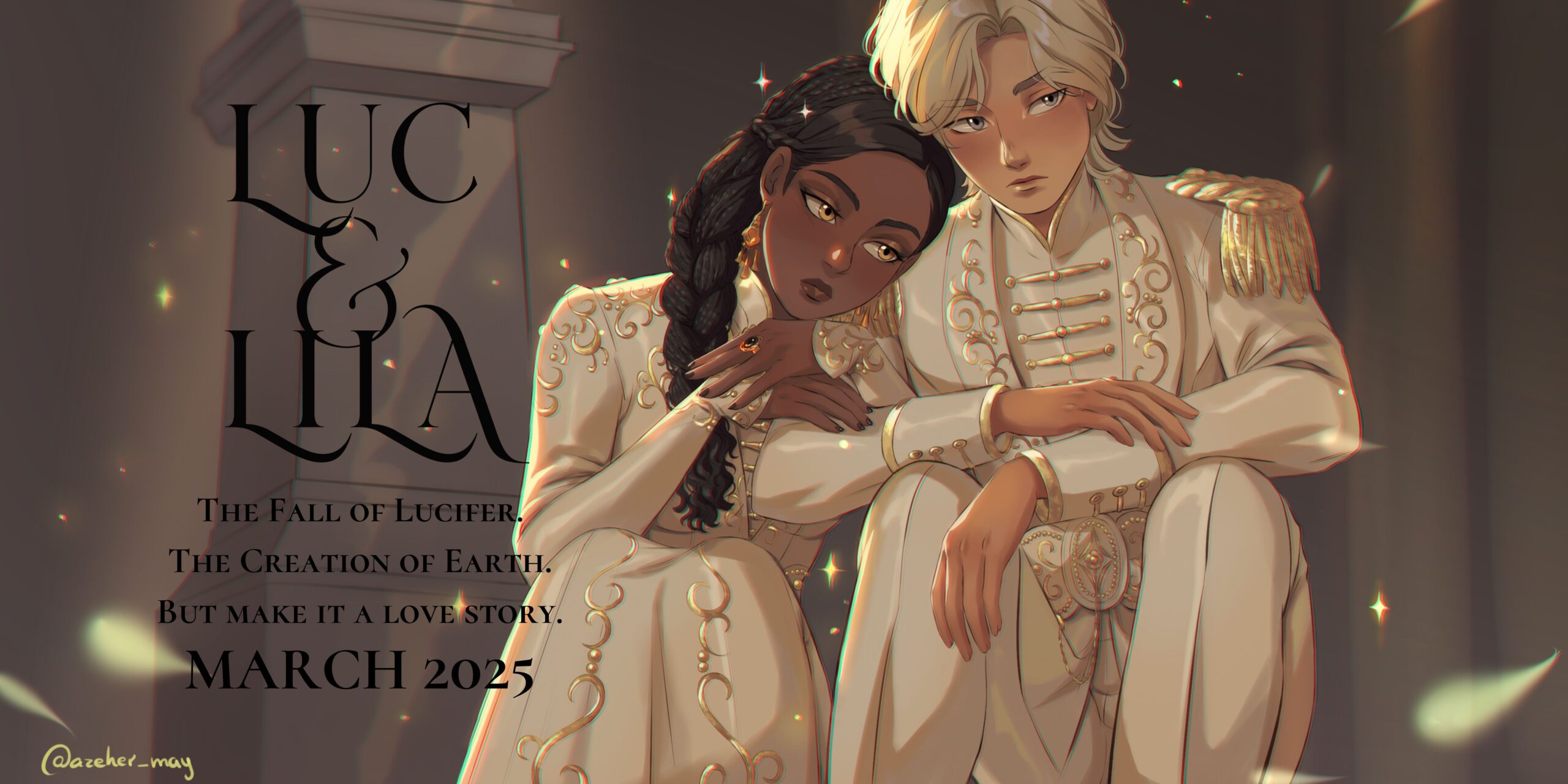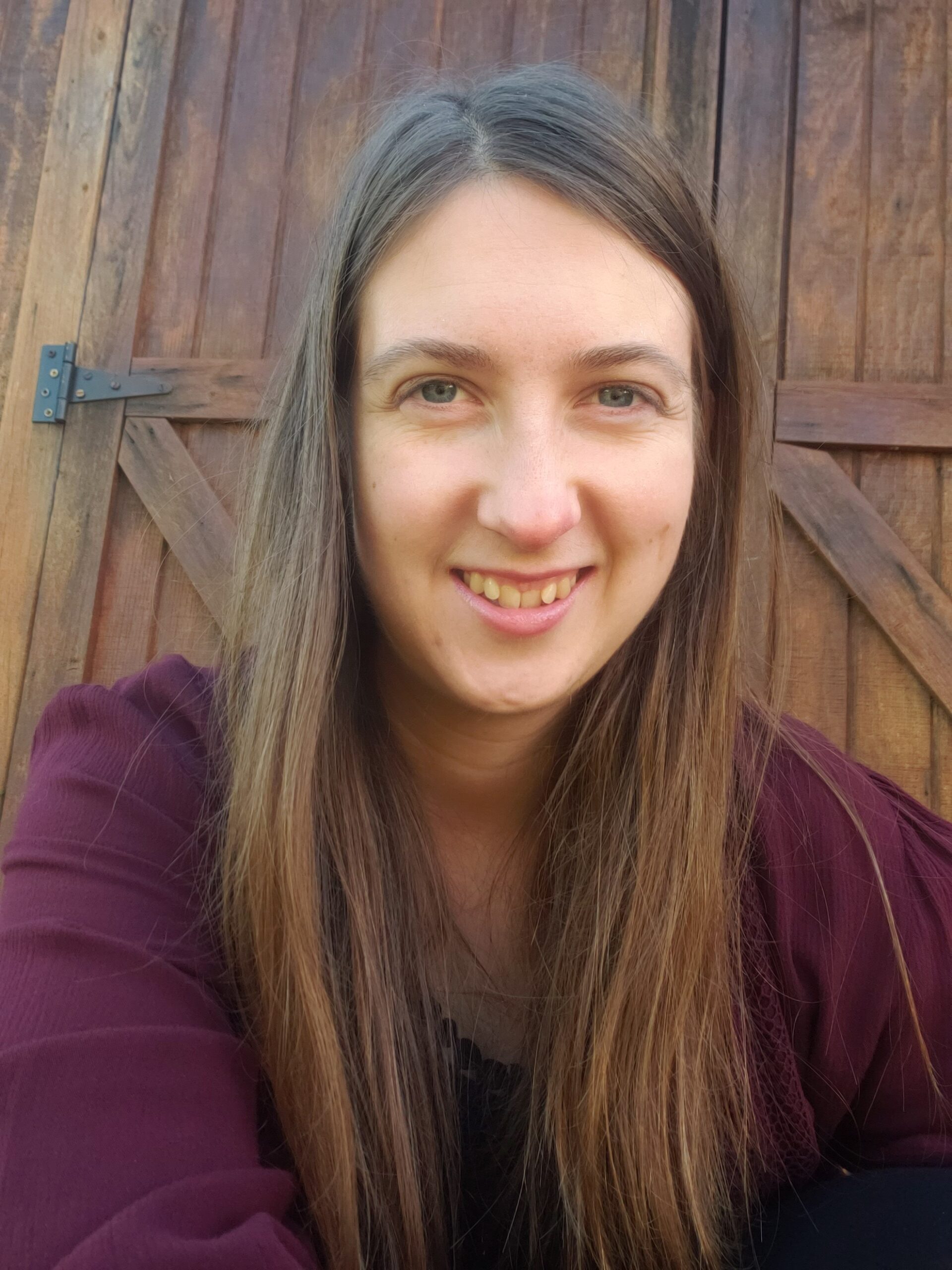Today I would like to talk about my process of writing a scene completely from scratch, and I’ve broken this down into six steps for you to easily follow. Every writer’s brain is different, so this is by no means the way you have to write or the way you should write, but I’m hoping that you can take away pieces of this process that will be helpful to you in your own writing.
I’m going to call my first step “segmenting,” with the explanation that the way I was taught to ‘pre-write’ or ‘brainstorm’ in school never worked for me. Outlines didn’t work for me. Thesis statements didn’t work for me. Charts, graphs, notecards, whatever the teacher came up with – it was all too organized for the way my chaotic brain operates. It was like trying to trap a tornado in a jar. So the method I use to get started on my scenes today is a method I developed in college when suddenly professors weren’t asking to see my prewriting. So guess what? I didn’t pre-write. I just started writing literally anything that struck me about the text I had to write about. I didn’t come up with an argument or a thesis statement ahead of time, and I didn’t do this for two reasons. One, I found it limiting; I found that if I started with too narrow of an idea, I would miss better ideas or I would miss important things that I wasn’t looking for because I was too set on proving this preset point. And two, I found that almost always when I started with a thesis statement, it would change completely by the end of my essay. Sometimes my topic would completely change. So instead of approaching, for example, a literary text with a preconceived notion of what it was telling me, I would approach it as someone willing to listen to the text and see what it was leading me to say about it. I wanted to, in essence, have a deep conversation with the text, rather than force it to fit a neat little cliché argument.
Obviously, I’m now outing myself as a huge nerd. And you’re like, ‘Okay, we get it, you were that weird girl who actually liked writing college essays’…What does that have to do with writing a fictional story? Well, I will tell you. It’s this.
When I start writing a scene, I don’t write down any sort of outline or idea about how the scene should go. I either pick something that interests me about the scene or something I know will have to be written for the scene—for the latter, that might be a description of the setting; for the former, it might be a few sentences of dialogue that I keep hearing in my head—and I start writing it out. And I just see where that little slice of the scene takes me. So if it’s two or three lines of dialogue, I may write until I have ten lines of dialogue. Or twenty. And I stop with that segment of dialogue when I run out of ideas for it. Then maybe my next thing is that I want my main character, at some point, to put his arm around the other main character. So I start trying to visualize what that looks like and what immediately leads up to it, and I write that out a little bit. Now I’ve got two segments. I’ve got some lines of dialogue in one segment, and in another segment, I’ve got a description of the characters physically getting closer, and how that is accomplished, and what is going on in their heads while that is happening. From there, I’ll write a third segment about something else in the scene. It could be a description of what the characters are wearing. It could be an explanation of how they ended up in that location. Anything that I think is interesting or necessary for the audience to know. What I’m doing is I’m building all these individual segments or puzzle pieces that I can later flesh out and fit together to form a full scene. I don’t summarize anything when I’m doing this. I write everything out as fully as I can at that moment because my goal in writing these little segments is to get myself immersed in the scene enough that I can start visualizing the arc of the entire scene. My drafting style is very much full immersion right from the beginning so that I get myself invested enough in the scene to finish it.
My second step, then, once I’ve gotten enough segments written out—the number of segments depends on how long I imagine the scene being—my second step is organizing. This is where I start making decisions about what I think is working and what I think is not working. Is everything I wrote relevant to the scene? Would some of it work better in another scene? Is some of it not working at all and it just needs to go in the scrap pile? The thing I really like about having all of these segments written out and not just summarized is that I can clearly see what is working really well when it’s held up right next to something that’s not working as well because of the way it flows when I’m reading it.
Once I’ve determined what parts of the scene I want to leave in, I put these sections on a separate document, and I decide how I want to organize them. I like to put all of these different segments in the order I believe they will fit into the scene at this point because once I start expanding the segments, then I’m going to be connecting them together, so I need to know how they fit. It’s like doing a puzzle where I’ve finally gotten enough pieces that I can start fitting pieces together. At this point, I can also get a sense of what the overall arc of the scene should be—where the scene will probably start and where it will probably end. And if you’re thinking, ‘Man, why didn’t she just do all this organizational stuff at the beginning? Wouldn’t that have saved her time because she wouldn’t have written unnecessary things?’ I mean, possibly it would have saved me time, but I definitely would not have come up with the same scene, and I would not have had as much fun writing it, if I had fun at all. Because for me what is fun about writing is thrusting characters into a situation and just watching their reactions. And those reactions aren’t always something I can predict well because I don’t take into account other factors that only occur to me as I write more and more of the scene, what people are thinking and doing and feeling. So I like to organize and come up with a plan of action for finishing the scene after I’ve already written out a good portion of the scene.
My third step is expanding, or expansion. This is where I start fleshing out those segments, adding more detail to them; this is also where I fill in the gaps between each segment and the segment that follows it. Sometimes that gap might only require a few sentences; other times, that gap from segment to segment may require a few paragraphs or a whole page of dialogue. It’s whatever I need to do get from point A to point B in the scene, to connect the dots, if you will. At this time, I will also try to write out, if I haven’t done so already, the introduction to the scene and the ending.
My fourth, fifth, and sixth steps I’m going to combine here because I want to talk about editing more in another episode. But once I’ve gotten everything pretty well connected, my fourth step is to do my first round of edits for the entire scene; it’s basically a content edit, but I will snobbishly call it an ‘arc edit’ because at this point, I am considering how well the scene is working as a whole entity, or as a whole ‘arc,’ and not just how well the segments are working individually. I’m looking to see how well all the moving parts in the scene are connecting together to form the whole picture. Are all the puzzle pieces in their correct spots? Is there anything still missing? Is there another small segment I still need to write? Sometimes, during this phase, I might move sections around if I think they’d be better placed elsewhere in the scene. I might also remove sections entirely and replace them with new writing.
My second round of edits, which is my fifth step, is for flow, pacing, and style. Usually, at this point, I determine if my paragraphs are breaking at the right time or if the pacing of the scene feels too rushed or too slow in spots. I review how well each sentence is leading into the next. For style, I ask myself if certain words could be better replaced by other words or if my sentences could be rearranged to read more smoothly.
My third round of edits, which is my sixth step, is for copy edits. Grammar, punctuation, spelling, all that fun technical stuff.
So yeah, those are my six steps for drafting a scene to completion. First, I write individual segments; then I decide which segments I want to keep and organize those; after that, I expand all my segments and connect them together; and finally, I do three rounds of edits—one for content or reviewing the entire arc of the scene; one for flow, pacing, and style; and one for copy edits such as grammar, spelling, and punctuation.


Leave a Reply